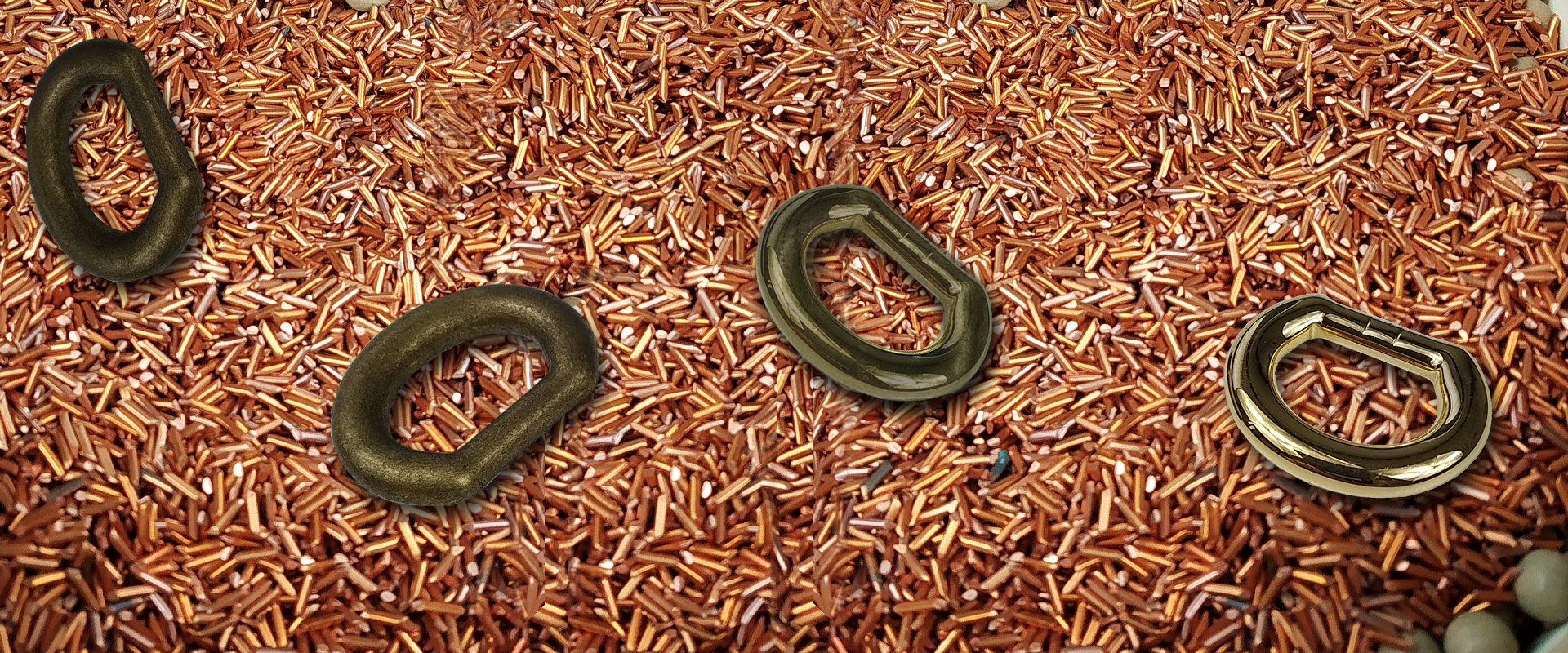
• Reduce the costs of manual polishing
• Improve your polishing quality through better reproducibility
• Preventing musculoskeletal disorders (MSD) related to manual polishing
• Integrate the polishing step to increase the added value of your products
We offer a free audit to verify that you are using the products best suited to your needs. This includes:
• Improvement of your polishing method
• Conducting tests in our laboratory
• Qualification of parts and measurement of initial and final surface states
Statistically, 90% of polishing operations are carried out in a non-industrial manner; most of the time the parts are polished by manual processes.
The cost of these operations is often very high.
Manual polishing requires specialized personnel who are not always easy to identify or train.
On this theme, do not hesitate to contact us for the polishing courses programs.
Working conditions are not always very pleasant and turnover is high.
Finally, the reproducibility of these manual processes is insufficient; as soon as strict dimensional constraints are imposed, these polishing techniques become unsuitable.
For simple polishes, rotary barrels can give excellent results. It is sometimes also called mechanical polishing, machine polishing or bulk polishing.
The simplest method is vibratory polishing, also known as vibropolishing, which uses a vibrator or rotary barrel that sets the parts in motion and abrasive media.
Mass finishing polishing or trowalization allows to improve the surface quality of parts by significantly reducing the cost of manual polishing.
It also significantly improves the reproducibility of processes with a control of material removals that can be less than one micron.
The processes can be carried out in a wet or dry environment.
Dry processes can use vegetable products (corn cob, nut shell, fruit stones as well as abrasive from special wood species, coated or not with diamond paste).
If the material is more resistant, it will be possible to use centrifugal disks or for even more energy, centrifugal barrels (straight or oblique axis).
Moreover, if you want a polishing that preserves the initial surface condition as much as possible, magnetic centrifuges can be a particularly interesting solution.
For parts resulting from additive manufacturing, the use of a “3D printer” polisher is often essential; indeed, traditional polishing methods are not suitable…
A family of “additive manufacturing” polishers has been developed and allows refining the surface while maintaining details and dimensional precision.
As soon as the right processing parameters have been identified, these techniques will allow you to obtain an excellent polishing quality, up to mirror polish.
Thanks to these technical solutions, the parts will be perfectly polished.
If you wish, they can also be deburred and radiated at the level of their edges :
• Debburing : improves the finish of parts, eliminating imperfections related to machining and cutting or other manufacturing processes.

• Edge rounding : allows to obtain on all the edges of the parts, precise roundings up to a few microns.

The treatment of surfaces is essential to ensure high quality parts, whether they are made of Titanium, Chrome-Cobalt, stainless steel, aluminum alloys, copper alloys, steel or polymers (plastics)…
This process improves the functionality and aesthetics of the parts, but also in many cases their mechanical strength.
The sectors of activity most concerned are, for example, automotive, aeronautics, medical, luxury goods (watches, jewellery, leather goods).
The most common manufacturing processes are as follows: free-cutting, mechanical machining, foundry, coining, fine cutting, laser cutting, plasma cutting, 3D printing…
Initially, a first step of sanding by mass finishing, upstream of the polishing, may be necessary to ensure the elimination of the biggest defects; then, the final polishing generates a smooth and uniform surface, essential to achieve the objectives in terms of roughness, brilliance, aerodynamic performance or even fatigue resistance…
– Eliminate welds traces on copper parts : the welding operation frequently generates an oxide deposit, which darkens the contact surfaces. To eliminate these traces of oxidation, the use of abrasive media SCE MGA 8*3*8 allows parts to return their original color without any deformation and with dimensional changes in the micron range.
– Composite parts polishing : the CSAT30DA equipment improves the surface roughness of surfaces with a value of 5 to 0.8 microns; it also allows for the elimination of all burrs or fluff related to the machining of these special materials.
– Internal polishing of moulds : the MoldPolish process (using copper media or ceramic media) allows to eliminate at least 95% of manual polishing, respecting much more precisely the geometrical details of the moulds.
ABC SwissTech has developed a complete range of products for POLISHING :
• A range of more than 6500 abrasive and polishing media for various materials (ceramic, porcelain, plastic, metals, plants…)
• More than 150 liquid additives, powders and pastes
• Vibrators, centrifugal disk, centrifugal barrel, magnetic centrifuge, dryers…
• Three testing laboratories at your disposal allowing you to benefit from technical assistance for the development or improvement of your processes.
ABC SwissTech, based in Switzerland, in La Chaux-de-Fonds, historical cradle of watchmaking and microtechnology, is specialized in two main areas :
Eplatures-grise 17
CH-2300 La Chaux-de-Fonds - Switzerland
0041 76 693 8063
tribofinition@abcswisstech.ch